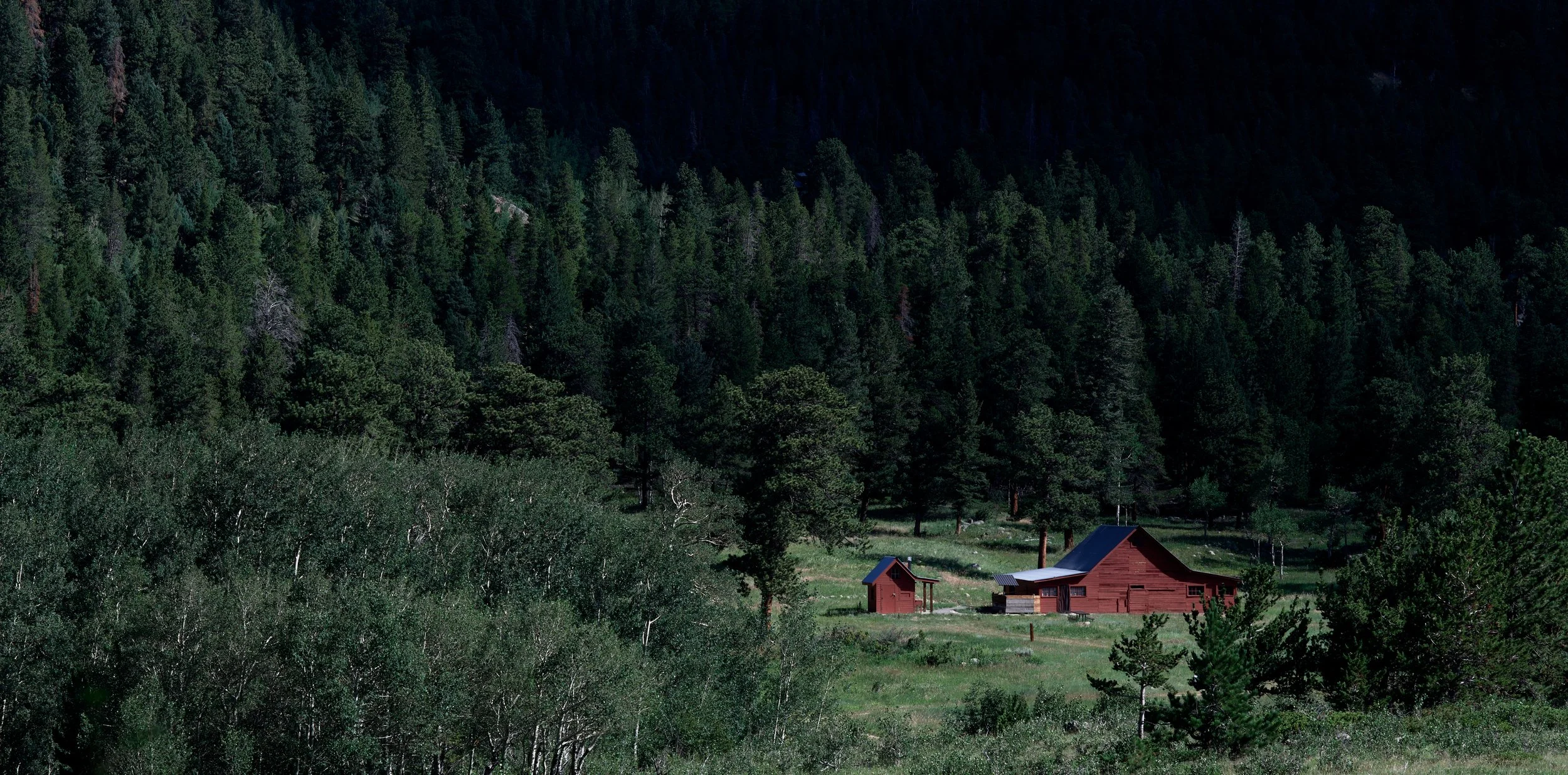Fingers? Cold and wrapped around a cable release. Legs? Cold and restless. Face? Cold and scrunched into the sunlight. Ears? Listening to a podcast that I am barely paying attention to.
Camera? Loaded with Kodachrome 25 on a tripod. It’s waiting for the perfect anonymous stranger. It waited long enough; it was made by Kodak for the 1992 Barcelona Olympics and has lost a couple stops of sensitivity. Its also lost its color, as the native process for developing Kodachrome as its intended color slide has been inaccessible for years. Only a few minutes in I was antsy to move to the next spot.
I haven’t shot street this way before, and I stick out. Tourists occasionally throw a peace sign and smile, but they’re always in the wrong spot, in shadows that my camera can’t see. Sometimes they ask to take a peek at the photo I didn’t actually take, and I tell them it's film. They always seem confused.
I developed the film in D-76 with a heavy soak beforehand. Yellow and orange pour down the drain. Developer, stop, fixer, and then I clean the black coating off the Kodachrome with water and baking soda. Finished with a wetting agent. Hang to dry.
I left a little bit of blue tint from the inverted orange emulsion as a nod to the film’s colorful roots.



































